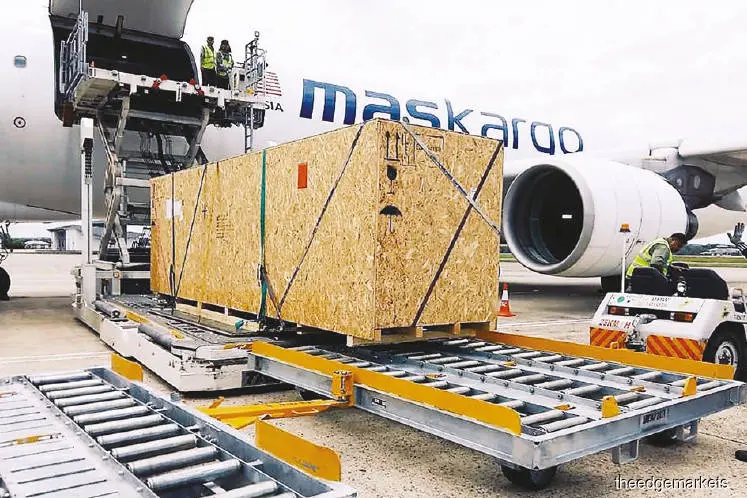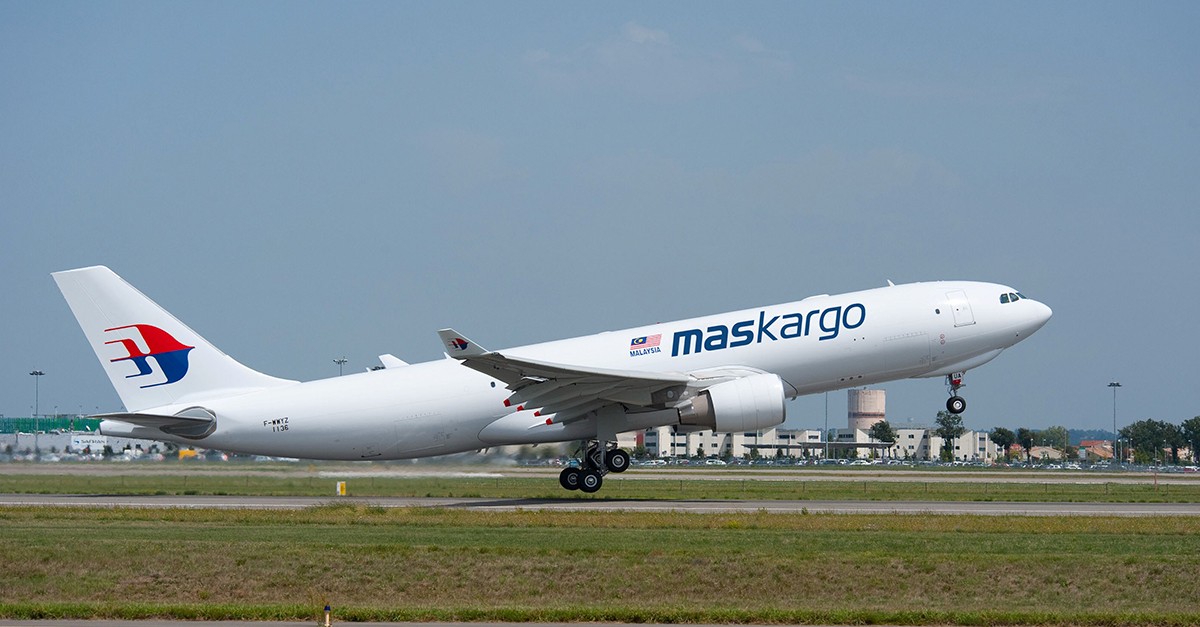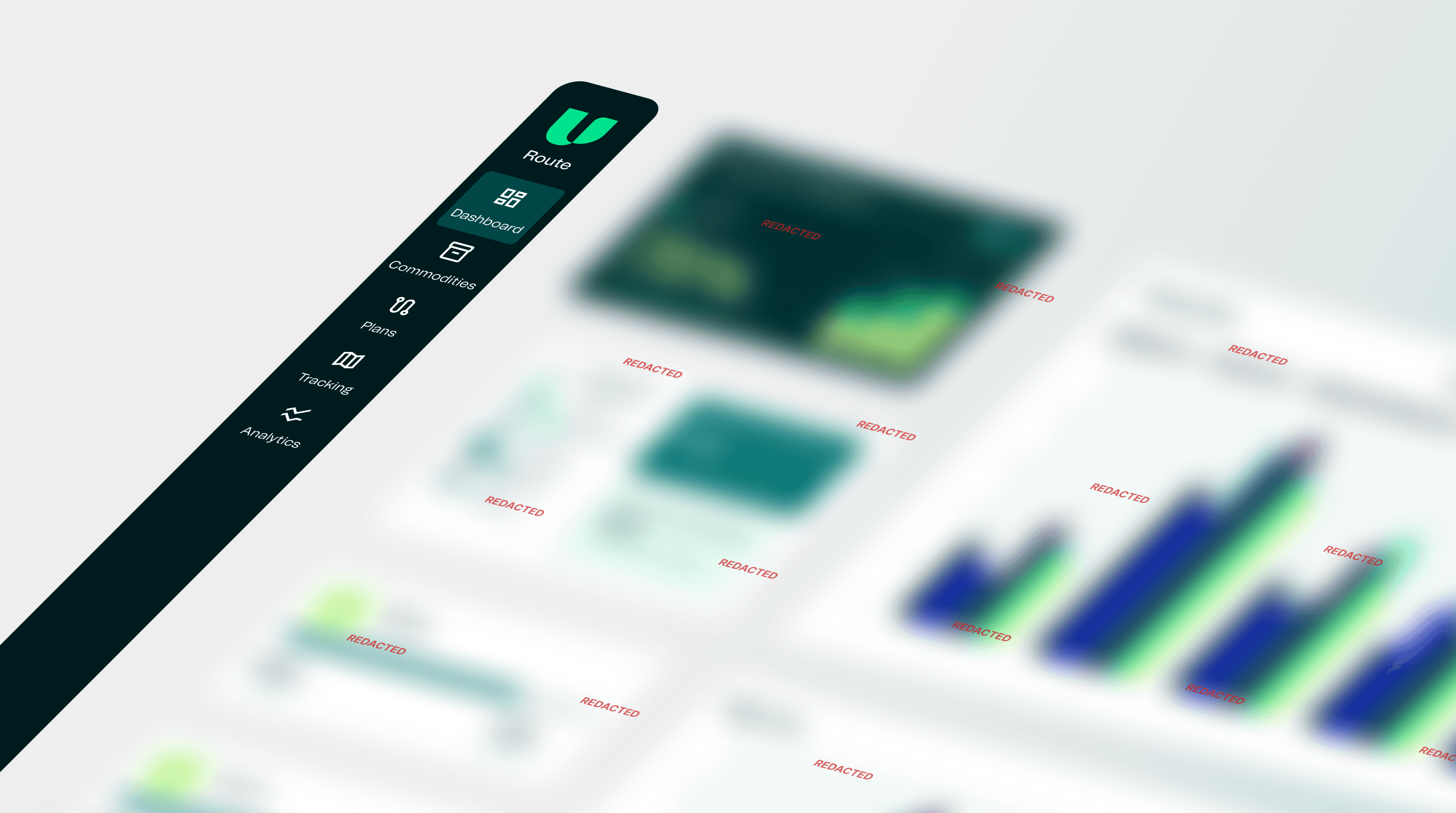Global air cargo is a brutal, fast-moving industry. For our partner, Malaysia Airlines, their planning process was a high-stakes gamble played every single day with outdated tools. They were losing a battle against three core enemies.
Logistics
LEAD PRODUCT DESIGNER
SCOPE AND STRATEGY
AI/ML ARCHITECTURE
IA, OVERALL PLATFORM ARCHITECTURE
INTERACTION DESIGN
DESIGN SYSTEM
AGILE AND USER-CENTERED VALIDATION
REDUCTION IN PLANNING TIME
IN POTENTIAL
REVENUE
INCREASE IN
REVENUE
PLANNING HOURS SAVED
I helped lead the design of an AI-powered logistics platform that transformed a global cargo leader's operations from a manual, reactive process into an intelligent, optimized system. We didn't just build a tool; we gave airlines a way to navigate the daily chaos of global logistics.
The challenge: the high-stakes game of "what if?"
Underutilized assets
Inefficient manual planning left valuable cargo space empty on aircraft.
Missed revenue
A lack of real-time capacity visibility forced sales teams to turn away last-minute, high-yield shipments.
Operational instability
Daily disruptions required slow, manual replanning, increasing the risk of costly errors and delays.
The goal was to increase sold capacity by 40% over five years, and cement their position as an industry leader.
We first had to immerse ourselves in the high-stakes, time-sensitive world of logistics planners and operations supervisors. Our goal was to move beyond assumptions and ground our AI-driven solutions in the tangible, day-to-day realities of our users. Our discovery phase was a multi-faceted approach combining qualitative and quantitative methods to build a deep, empathetic understanding of the problem space.
My role: leading design in a high-speed incubator
As the Lead Product Designer, I was part of a dedicated, cross-functional team focused on rapid innovation for emerging technologies. This agile environment brought together product management, design, engineering, data science, and air cargo subject matter experts to accelerate the development lifecycle.
Rapid validation
We validated with prototypes, testing ideas with real users in days to quickly pivot from flawed assumptions to winning strategies.
Leading a team
I led and mentored our designers, fostering a culture of high-speed collaboration and translating complex user research into intuitive, effective solutions.
Evangelizing design
I championed a user-centered approach across the company, translating qualitative user insights into compelling business cases that secured stakeholder buy-in.
Supporting engineers
My engineering experience positioned me as a bridge between design and engineering.
Navigating stakeholders
I translated complex design concepts and user feedback into clear narratives for executive leadership, aligning our design decisions with core business outcomes.
Every great solution starts with challenging the wrong assumptions. Ours was a big one.
Our initial assumption was that this was a geometry problem. A game of 3D Tetris. We assumed the primary goal was to simply fit more boxes onto a plane.

Collaborative Workshops
The project began with an intensive kick-off workshop to define the high-level business goals. From there, our team ran a design sprint-style workshop to map the problem space, define our initial "How Might We" questions, and formalize our discovery plan.
Aligning on business goals
We worked together to translate high-level business objectives, such as boosting efficiency, into specific, measurable project goals.
Squaring up the competition
We analyzed the competitive landscape and identified key market differentiators for a new AI-driven platform, focusing on unmet needs in dynamic replanning and real-time capacity management.
Mapping strategic priorities
Through collaborative exercises, we prioritized core functionalities and established a phased roadmap, ensuring our efforts were focused on delivering maximum impact early.

User interviews & contextual inquiry
We kicked off with an essential on-site contextual inquiry at the MAB Kargo operations hub in Malaysia. We observed planners in their element—a whirlwind of spreadsheets, frantic phone calls, and sticky notes.
Key discoveries and takeaways
"My plan is perfect for about five minutes. Then a flight is delayed, a different plane shows up, and my 'perfect' plan is useless. I'm not playing Tetris; I'm landing planes in a storm."
Our user interviews and on-site observations shattered our initial hypothesis. The real, crushing pain point wasn't just about static space optimization. It was about managing constant, unpredictable change.
Our user research revealed that the most critical challenge wasn't just static optimization, but managing constant, unpredictable change. Planners didn't need a simple puzzle-solver; they needed an intelligent partner to navigate disruptions in real-time. This insight was foundational to our design approach.
PROBLEM
MEETS
SOLUTION
Based on this core insight, we designed a unified platform that directly addressed these pain points. The solution delivered several key capabilities, aligning with the operational needs of the airline.
This platform connects various personas—from planners and builders to sales and leadership—to two powerful, distinct optimization architectures: one to optimize cargo loads and flight plans in real time, and another to optimize routes, pricing, and sellable capacity across transport modes. This enabled instant replanning, live dashboards for sales, and smarter freight routing across air, truck, and beyond.
Capacity optimization
To tackle the physical, operational challenges of getting cargo onto the plane safely and efficiently, powering tools for AI-driven load planning and real-time build management on the ground.
Route optimization
Powering applications for multi-modal route optimization and dynamic revenue management to maximize profitability.
A collection of disconnected tools would not solve the problem. The solution required a unified platform architecture. This architecture allowed us to design a direct, intelligent response for every operational pain point:
For reactive disruption management
The Capacity Optimization powered a Dynamic Replanner that instantly modeled disruptions and suggested optimal new plans.
For poor capacity visibility
The Revenue Optimization fueled a Real-Time Capacity Dashboard, giving sales a single source of truth for sellable space.
For manual, time-intensive planning
The Capacity Optimization's AI-Powered Load Optimizer automated the complex task of ULD building.
For sub-optimal route & revenue decisions
The Revenue Optimization's Multi-Modal Route Optimizer found the most profitable path for every shipment.
Presenting ideas early and often; challenging assumptions quickly
With our new direction, we used generative AI to build and test our ideas in days and weeks, not months. We created realistic datasets to populate complex interfaces and used generative front-end tools to build functional demos quickly.
BESPOKE
DESIGN
SYSTEM
To ensure consistency and accelerate development across the platform, I led the creation of a comprehensive design system. This system was more than a component library; it established a single source of truth for both designers and developers. My goal was to eliminate inconsistencies between design and implementation.

Systems design beyond logistics
By creating a robust system of reusable components and design tokens, we enabled developers to build features faster and ensured a cohesive user experience across all platform modules. This approach streamlined the development workflow and allowed us to make global style updates efficiently from a single, trusted source.

How'd it go?
"Our partnership with Unisys and the success of this product are so important to us. We're excited to stand side by side with Unisys and showcase our achievements to the world."
"Investing in advanced technologies like Unisys Logistics Optimization is allowing us to cement our position as an industry leader. The solution's ability to replan in near-real-time gives us the agility to manage disruptions and maximize our assets."
The final platform delivered transformative results because we solved the right problem. The tool empowers airlines to navigate disruptions, optimize flights in real-time, and turn logistical chaos into a competitive advantage.
The biggest win wasn't just reducing planning time—it was reframing the entire problem. By embracing disruption instead of resisting it, we built a tool that turned volatility into a competitive edge.
reduction
In ULD planning time (from 30 minutes to just 5 minutes per flight)
increase
In projected revenue
increase
In revenue
hours
Saved in planning time